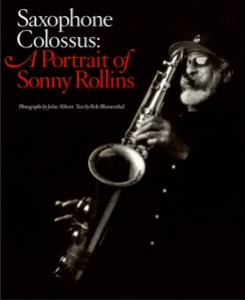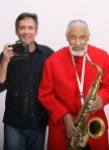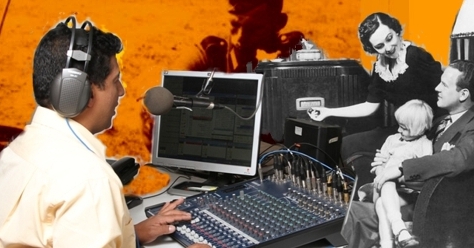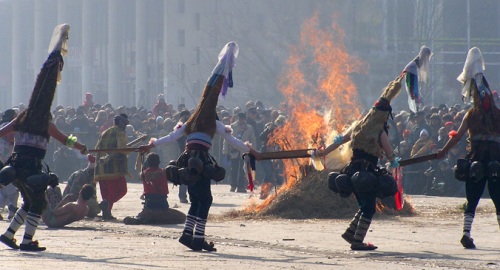Numerous examples of the Freudian concept of repression may be observed in black cultures in Africa and the Americas. Though they do not use the Western term, these cultures involve a full awareness of repression and its attendant dangers for individuals and society, and they have developed therapeutic activities to mitigate it.
This according to the 1934 essay “Freudian mechanisms in primitive Negro psychology” by Melville J. Herskovits, which was included in Essays presented to C.G. Seligman (London: Kegan Paul International). While the word primitive has since been discredited, the piece is a milestone in the history of anthropology and is considered the first successful application of psychoanalytic theory in that field.
Herskovits explores how in many cases these therapeutic activities comprise satirical or insulting singing events that express what cannot be spoken directly, providing a release of repressed feelings in a socially supported framework. He discusses examples from Benin, Haiti, and Suriname, with particular attention to the Suriname Maroon lóbi singi ritual.
 Usually performed by women, lóbi singi may comprise an exchange of insulting song verses, or it may involve a woman who socially redeems herself through singing satirical verses about her notorious past in alternation with a chorus of her peers; in both cases, social wounds are healed by the expression of repressed feelings.
Usually performed by women, lóbi singi may comprise an exchange of insulting song verses, or it may involve a woman who socially redeems herself through singing satirical verses about her notorious past in alternation with a chorus of her peers; in both cases, social wounds are healed by the expression of repressed feelings.
This post is part of our series celebrating Black History Month. Throughout February we will be posting about resources and landmark writings in black studies. Click here or on the Black studies category on the right to see a continuously updated page of links to all of our posts in this category.
Top: In 1929, Herskovits contemplates ritual objects that he collected in Suriname.
Related posts:












 On the eve of the event, youths go from house to house collecting wood for the ceremonial bonfire. In the morning the participants choose their roles and don the corresponding masks and sheepskin capes. The stock characters may include a groom, a bride, a devil, a priest, a gypsy, and a dancer with a bear. To the accompaniment of drums and shawms, the dancers parade through the village with abundant comical antics. The ceremony culminates with a spirited dance around the collective bonfire.
On the eve of the event, youths go from house to house collecting wood for the ceremonial bonfire. In the morning the participants choose their roles and don the corresponding masks and sheepskin capes. The stock characters may include a groom, a bride, a devil, a priest, a gypsy, and a dancer with a bear. To the accompaniment of drums and shawms, the dancers parade through the village with abundant comical antics. The ceremony culminates with a spirited dance around the collective bonfire.
